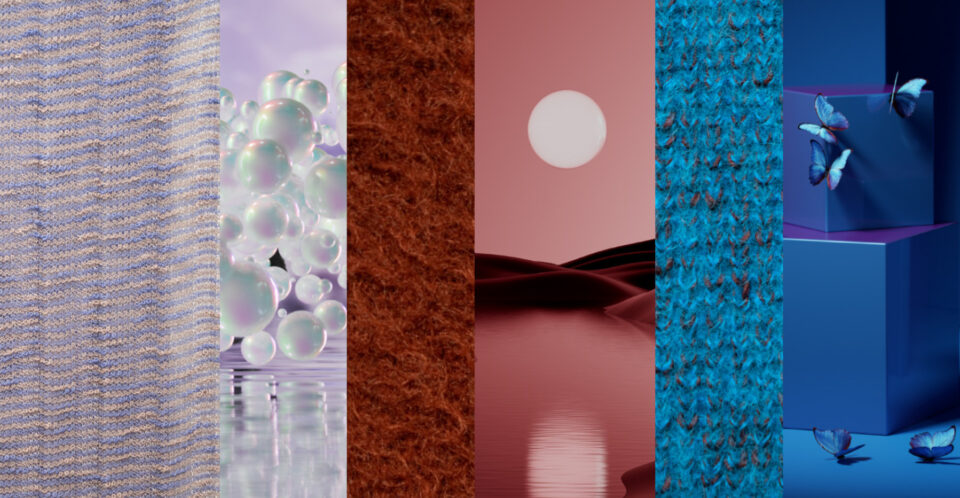
前一篇文章
23/24 AW trend colors in Monteluce
2023年8月17日
KNIT MAGAZINE
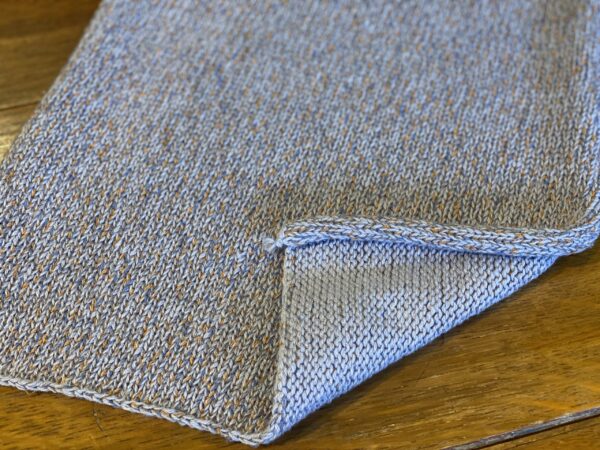

When you want to give a different color to the front and back of knitting, or when you want to use lurex (lame yarn), there is a method of knitting neatly without causing horizontal streaks or uneven color.
Plating is a knitting technique that allows two threads to be knitted separately on the front and back of the knitted fabric.
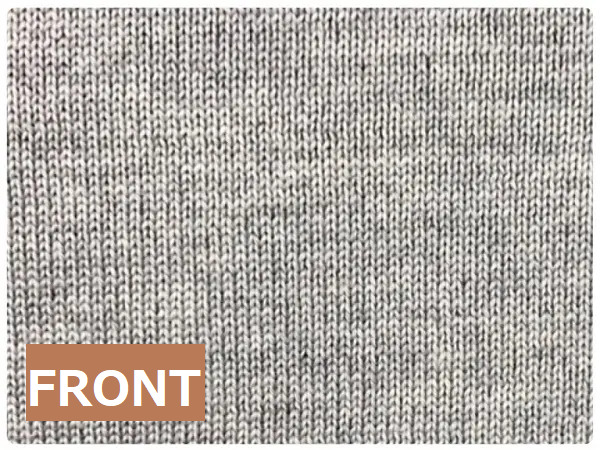
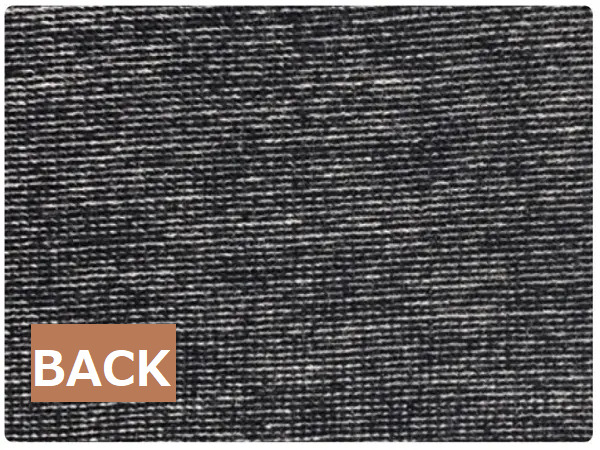
The yarn to be put out on the front side and the thread to be put out on the back side are fixed and knitted by the mechanism of the machine. Since it is knitted using the mechanism of a machine, it cannot be used for hand knitting. Depending on the model of the knitting machine, there are cases where two knitting machine carriers (parts that move the inside of the knitting machine through threads) are used, and there are cases where one carrier uses a clue for plating. Since it is knitted by attaching a thread, it is also called a thread knitting.
Here are three things you can do with plating:
If you change the color of the thread on the front and back and perform plating knitting, the thread on the opposite side will be slightly visible and hidden. The knitted fabric in the photo is knitted with gray heather on the front and navy thread on the back.
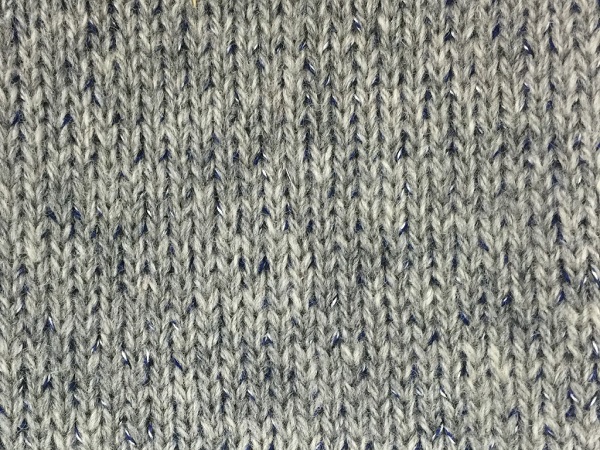
It may have been a little confusing, but the navy on the back seems to bleed. Seen from the back, it looks like this.

You can see the gray thread on the table between the navy threads.
The navy thread was finer, so the area where gray can be seen is large.
By changing the color, you can make it look natural or simple, or make it look like printed yarn, and you can greatly change the atmosphere.
You can also make denim-style knitted fabrics.
Also, the fact that the thread changes between the front and back means that the appearance changes between the front and back, so if you try using a rib, you will get a three-dimensional effect and the knitted fabric will be more expressive.
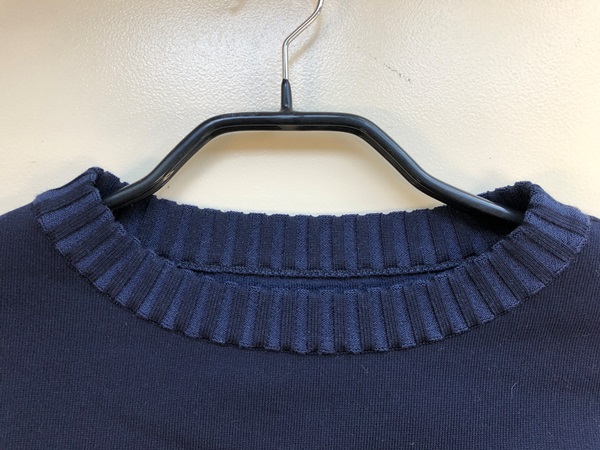
It is a technique that can be widely applied, such as using different materials as well as colors. The standard pattern is a knit that uses rulex.

By plating knitting thin lame yarn with similar colors, you can make the lame look familiar and elegant while making the best use of the color of the ground yarn.
Stretch yarn:
When using stretch yarns such as Lycra, it is often when you want a firm knitted fabric or kickback. I think it is desirable that the stretch yarn is invisible. Even in that case, by turning the stretch yarn to the back side of the ground yarn by plating knitting, the finish will look natural. Unlike the color scheme, the stretch thread is thin, so if you match the color with the ground thread, it will hardly stand out. On the other hand, if you do not plate, the stretch yarn will come out in front or turn back, and when it comes out in front, the knitted fabric will be dented and look like a scratch. Be sure to plate when using stretch yarn.
When knitting the same thread with two threads, plating knitting will stabilize the way the threads enter and may give a beautiful finish to the surface of the jersey.
There are many things that you don’t care about the finish even if they are aligned, but I think that it is especially easy to finish cleanly with worsted or straight threads.
If you are worried about horizontal streaks on a two-ply knitted fabric, try plating.
So far, I have explained the patterns that are often used for plating.
One thing to keep in mind when plating is that there is a possibility of uneven plating.
The lame thread may come out too sharply, or the stretch thread may come out in front and the knitted fabric may look like a scratch.
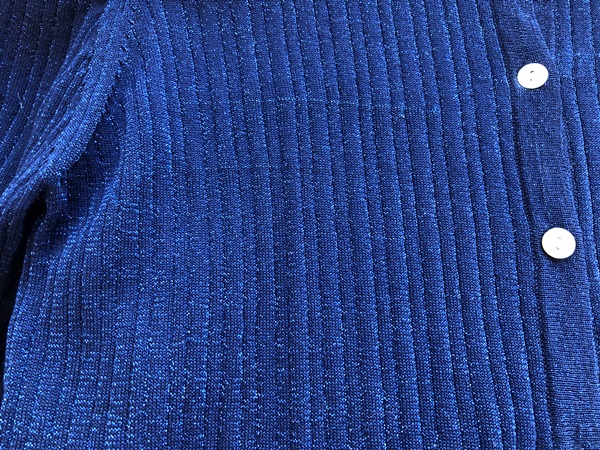
Can you see that the knitted fabric in the photo also has horizontal streaks? This is a phenomenon that occurs due to factors such as the compatibility of the yarn, the compatibility of the yarn and the knitting structure, and the change in the knitting tone during molding. It may be improved by fine adjustment of the machine such as knitting speed and thread tension, but to be honest, it is quite difficult.
It may be necessary to review the material if it seems to come out a lot at the sample stage. It is also important to be able to produce stably. I hope you find this helpful.
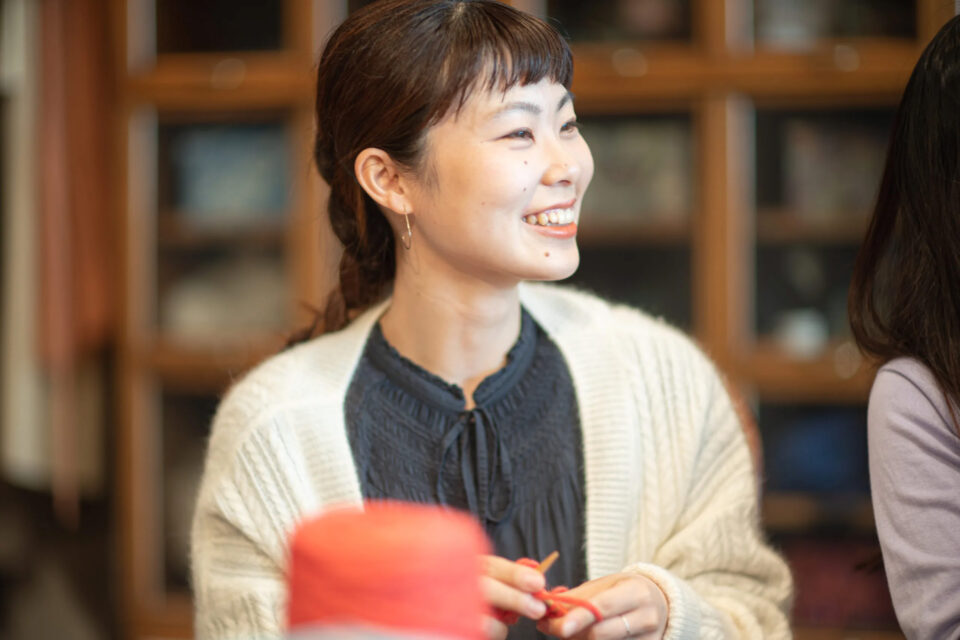
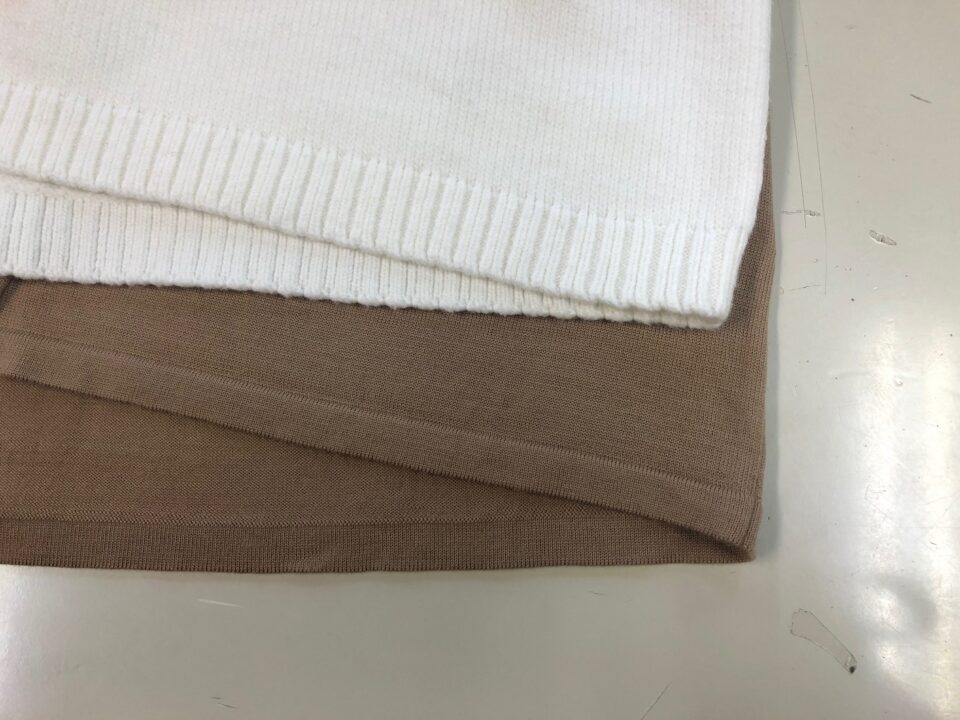
2023年11月29日
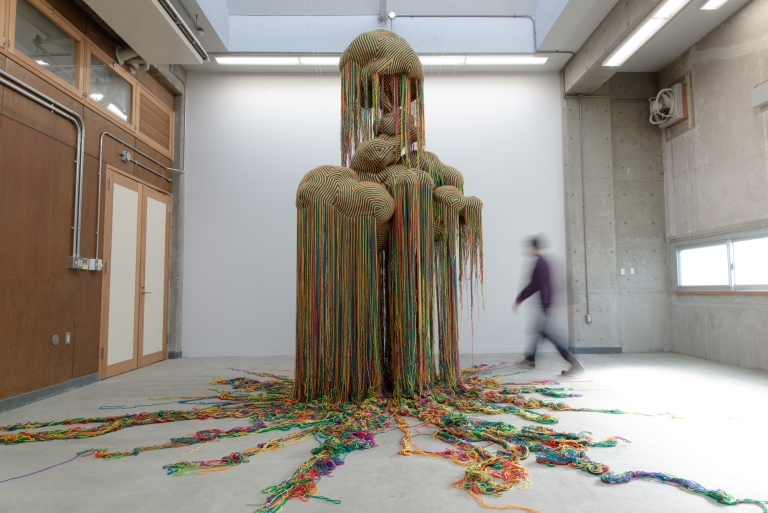
2023年11月9日
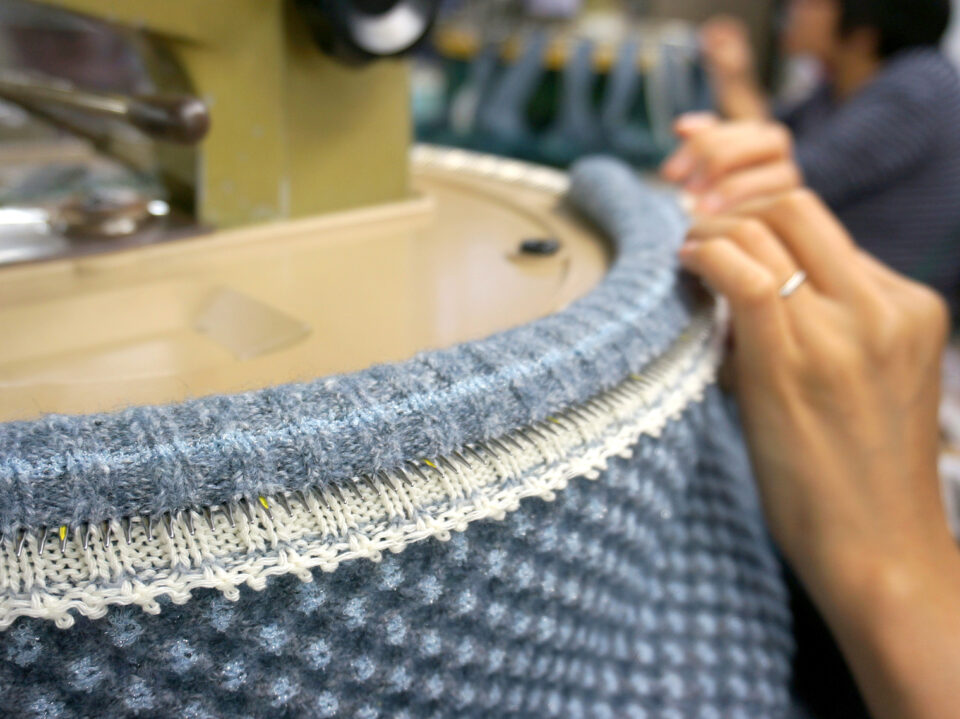
2023年11月7日
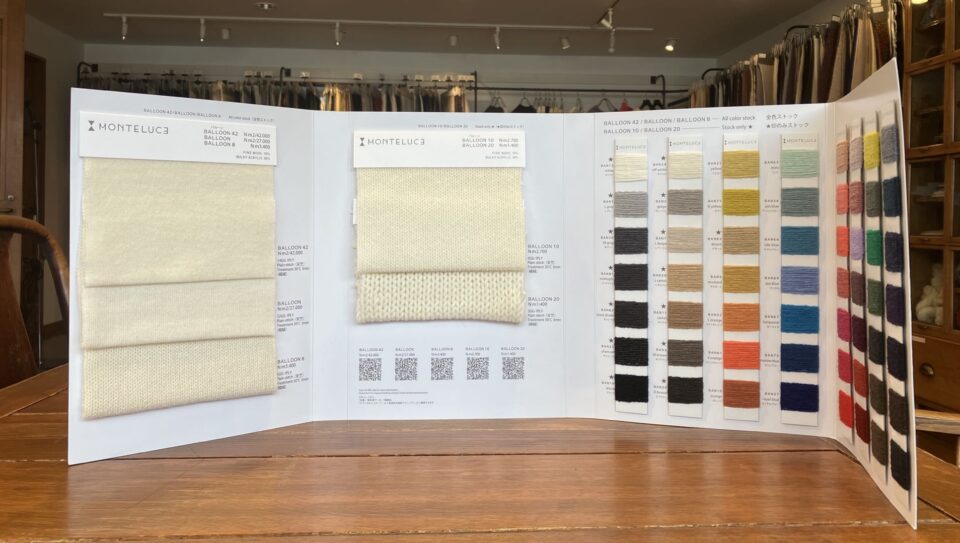
2023年11月1日
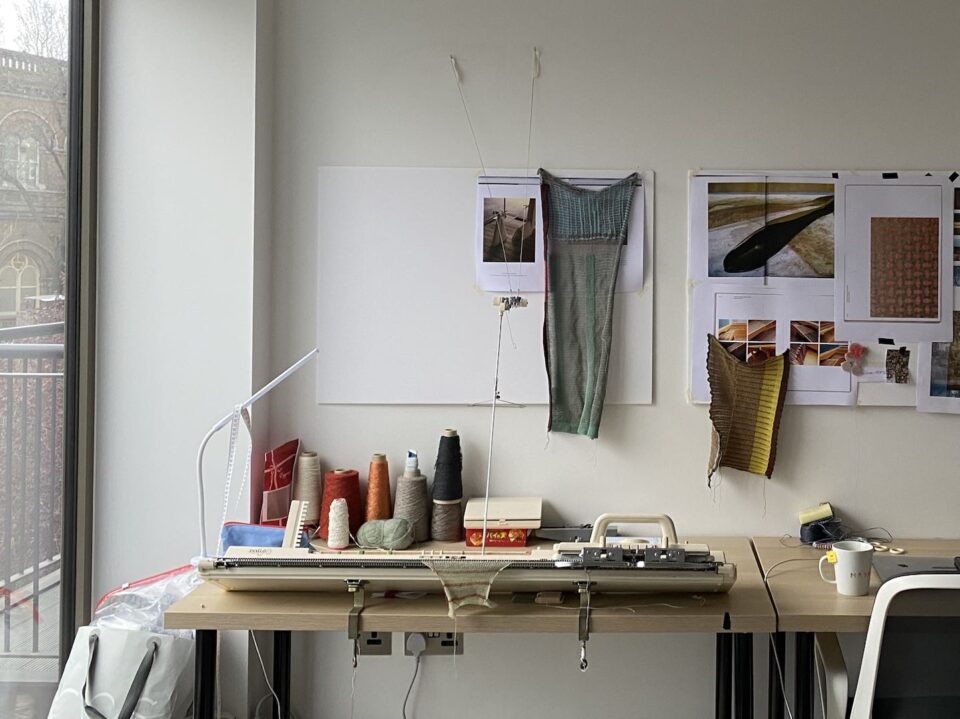
2023年10月26日
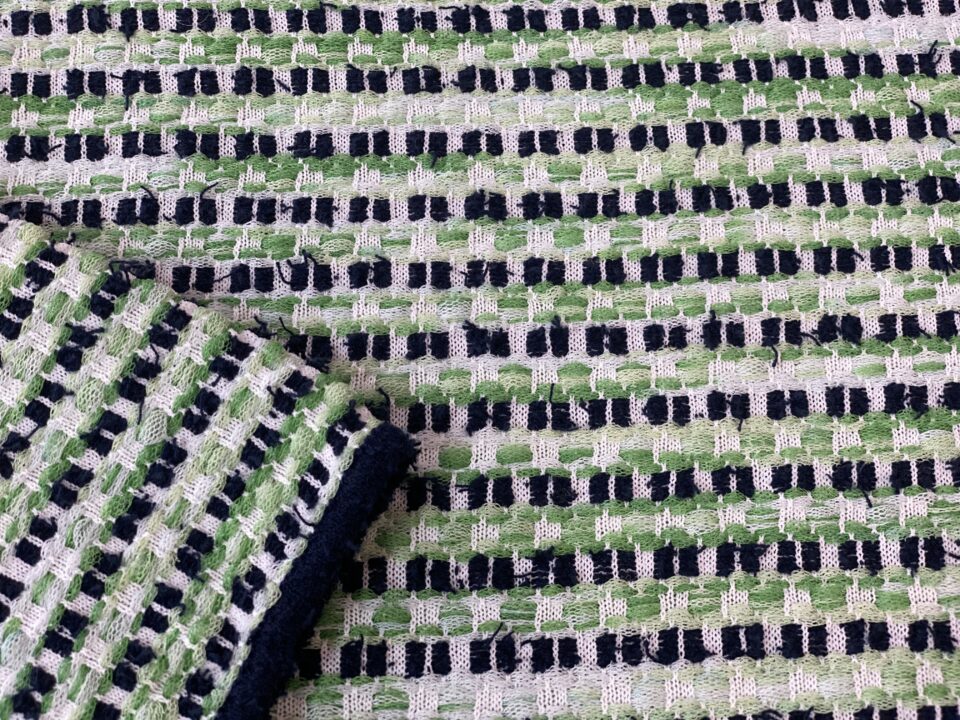
2023年10月24日